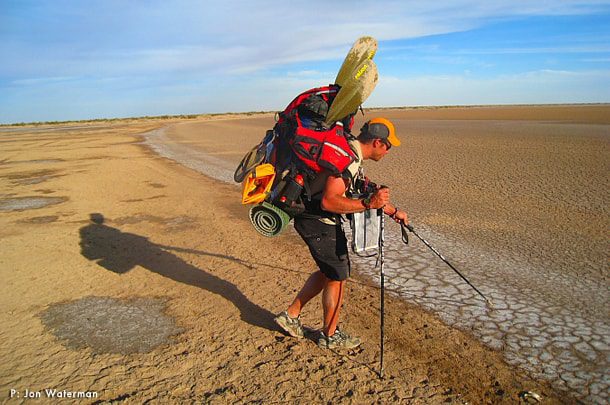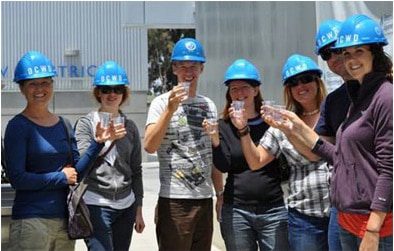Watchdog organizations say America’s 8th largest city shamefully declines to elevate its drought response conditions to minimum requirements


Despite the southern coastal region’s eight percent increase in water use compared to the same months last year, the City of San Diego announced on July 17 that it would take no immediate action to address the drought. In its formal response to the State Water Resources Control Board’s mandatory statewide water use restrictions, the City imprudently refused to elevate its emergency drought response to level two mandatory restrictions, suggesting that its level one voluntary measures paired with its current permanent restrictions meet requirements.


Currently in the state’s driest year on record in 115 years, San Diego still imports more than half of its water from the Colorado River, which no longer reaches the Gulf of California because all five trillion gallons of water in the river are drained out every year by cities, farms, and industry. Named the Most Endangered River in in America in 2013, the Colorado also feeds the nation’s largest reservoir—Lake Mead—which just last week fell to its lowest level in history.
“As Lake Mead drops and other states in the Southwest U.S. face water shortages, San Diego needs to know that a dwindling supply of water is the new normal,” said Gary Wockner with the Save the Colorado River Campaign. “We think San Diego, the nation’s 8th largest city, should be a national leader and acknowledge with action that its California way of life can still flourish on less water.”
The City can easily take immediate action by implementing its predetermined and approved level two drought response conditions as stated in its water shortage contingency plan. These emergency mandatory measures should improve conservation, says O’Malley, because data shows mandatory conservation requirements to be far more effective than voluntary recommendations. And, according to the State Water Board, these emergency regulations set a “minimum standard requiring only modest lifestyle changes across the state” and “many irrigated landscapes would not suffer greatly from receiving a decreased amount of water.”
The watchdog organizations thank the City for its work to educate residents about the drought and steps to reduce water use. But, given the city’s increase in water use during the drought, it’s clear that more education and a compelled change of habits are both essential to reduce water use, says O’Malley.
For more information on San Diego Coastkeeper, please visit localhost/sdcoastkeeper.
###
SAN DIEGO COASTKEEPER: Founded in 1995, San Diego Coastkeeper protects and restores fishable, swimmable and drinkable waters in San Diego County. Visit us online at https://www.sdcoastkeeper.org
SAVE THE COLORADO: The Save The Colorado River Campaign’s mission is protect and restore the Colorado River and its tributaries from the source to the sea. Online at http://savethecolorado.org.













